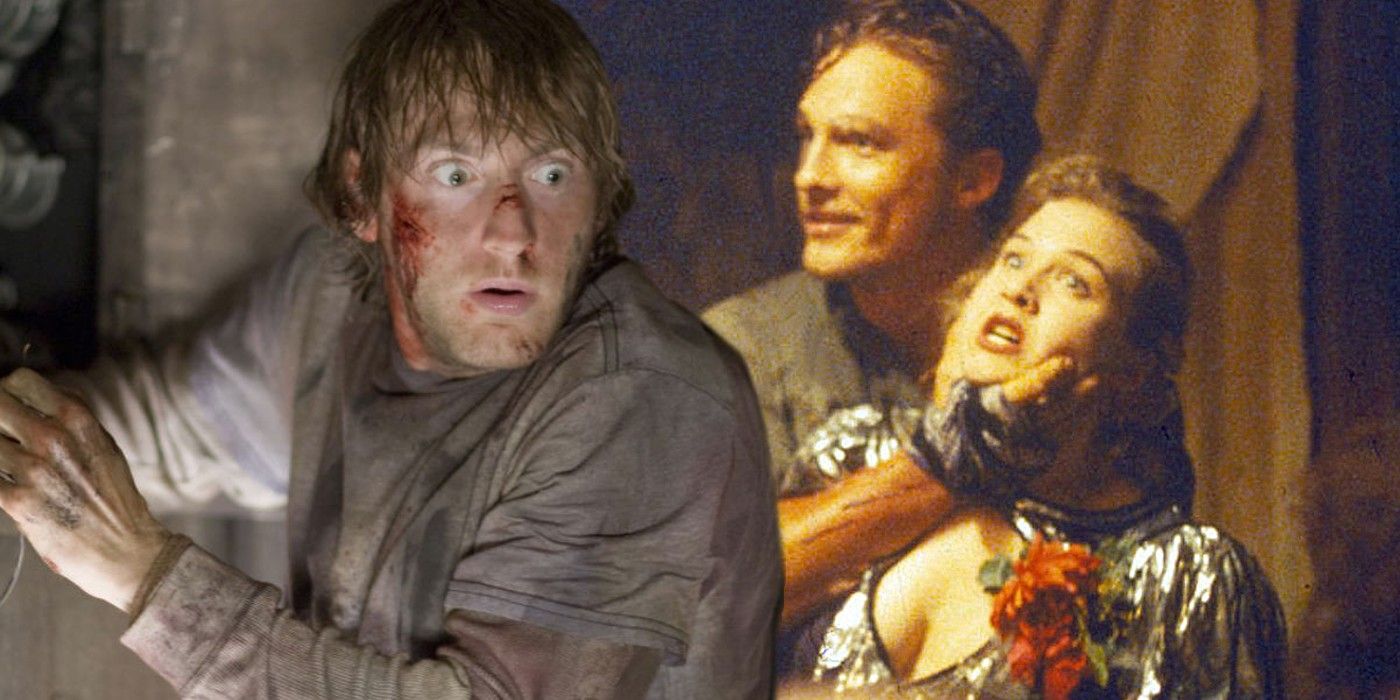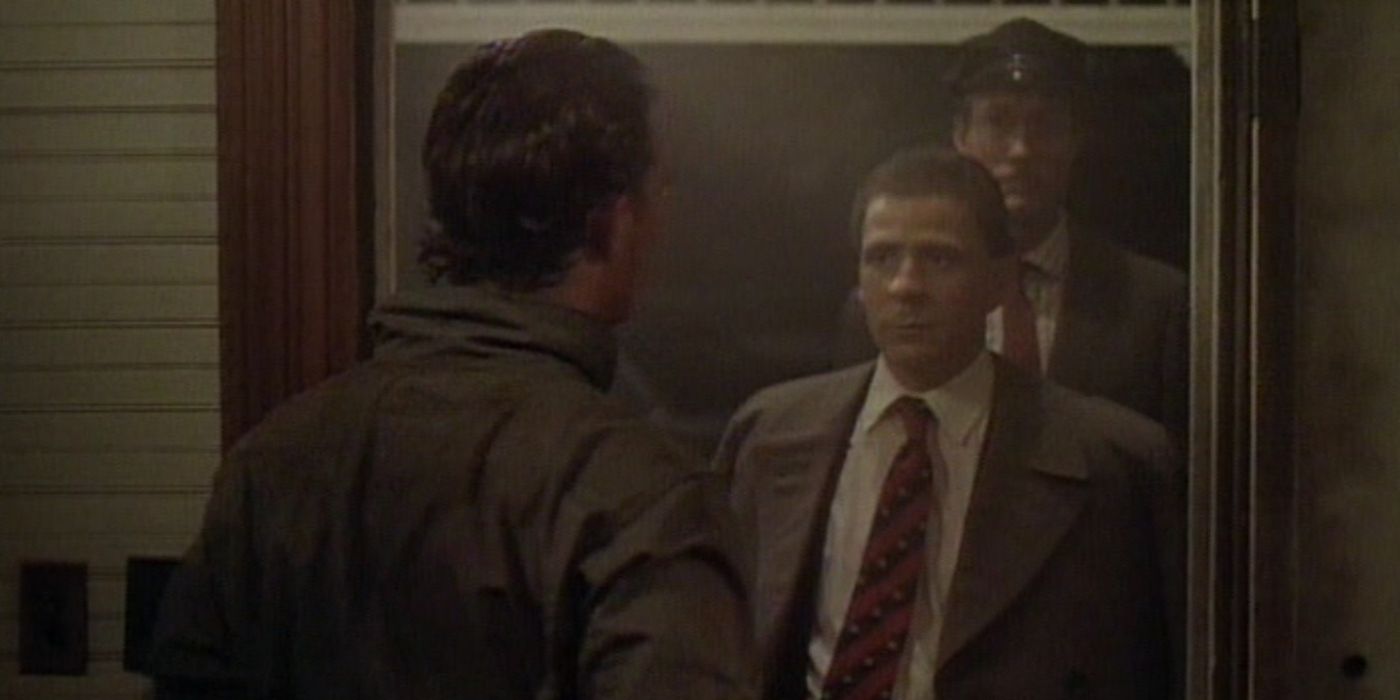Cabin in the Woods is a modern horror classic, yet the film’s biggest twist was pulled off decades earlier in an often-criticized Texas Chainsaw Massacre sequel. In effect, just as Scream's meta-horror was preceded by the knowing, trope-embracing horror of Wes Craven's New Nightmare, Cabin in the Woods wasn't quite the trailblazer.
The original Texas Chain Saw Massacre is still considered one of the creepiest horror movies that’s ever been made, but the initial success resulted in a number of Texas Chainsaw sequels that dilute the impact of the franchise. There are still frequent attempts to rejuvenate the Texas Chainsaw Massacre franchise and dig a little deeper into the man behind the mask, but they’ve been messy experiments. The fourth entry in the series, 1997’s Texas Chainsaw Massacre: The Next Generation, marks one of the franchise’s more controversial entries and it led to the temporary end of the series until the 2003 remake.
Texas Chainsaw Massacre: The Next Generation largely repeats the plot points of the original movie and it’s become notable mostly for the fact that it features early performances from Matthew McConaughey and Renée Zellweger. The Next Generation is viewed by many to be the franchise’s low point, but its final act features an unexpected twist that’s repeated nearly 15 years later in Drew Goddard and Joss Whedon’s critically adored, The Cabin in the Woods.
Cabin in the Woods initially operates like some stereotypical B-horror movie, but it slowly reveals that the events of the movie are being manipulated and monitored by a secret shadow branch of the government. The organization’s hand in events helps feed into the Cabin In The Woods' meta atmosphere and its larger commentary on the nature of all horror films. Curiously, The Next Generation concludes with Zellweger’s Jenny meeting with an enigmatic individual known only as Rothman. Rothman explains that he’s a member of an Illuminati-esque group that’s secretly been behind not just the events of the film and the Leatherface family, but also major happenings around the whole world. Rothman explains that the purpose of all of this is for audiences to experience “true horror.”
It’s impossible to not think of Cabin in the Woods’ conclusion when viewing The Next Generation, only the audience that’s being appeased in Cabin in the Woods are ancient Old Gods. Rothman also repeatedly apologizes to Jenny for the subpar performance of Leatherface and his family, almost as if it’s an admission of guilt over the previous sequels in the series. The Next Generation repeats select scenes from the original movie but does so to subvert them in satirical ways. It wants to right past wrongs and finally give the audience true, satisfying horror. However, this poignant perspective seemed out of place to audiences in The Next Generation, whereas Cabin in the Woods makes it the film’s priority. Much like how Cabin in the Woods has a self-aware discussion on the current state of the horror genre, there’s an equal level of engagement with how the twist in this Texas Chainsaw Massacre sequel addresses its past in a deconstructive way.


